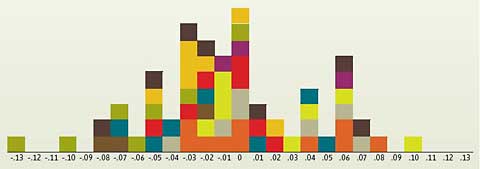From the Chronicle of Higher Education, October 7, 2008
Community colleges serve a large proportion of low-income students each year, but nearly 40 percent of their full-time students don’t even fill out a Free Application for Federal Student Aid.
By BECKIE SUPIANO
Community colleges serve a large proportion of low-income students each year, but nearly 40 percent of their full-time students don’t even fill out a Free Application for Federal Student Aid. Many of even the poorest students those with family incomes of $0 to $9,999=97do not apply for federal aid. For example, 29 percent of dependent students in that income range do not apply. Students offer a number of reasons for not making that effort, according to a http://www.ed.gov/about/bdscomm/list/acsfa/applytosucceed.pdf”>re=port, Apply to Succeed: Ensuring Community College Students Benefit from Need-Based Financial Aid,” released Monday by the federal Advisory Committee on Student Financial Assistance. Some don’t think they are eligible, others say they have enough money to cover the cost of college, and a small percentage say the Fafsa was too complicated, according to data from the 2008 Community College Survey of Student Engagement cited in the report. Whatever the case, many of those students may be missing out on need-based aid.
To view this entire article you must subscribe to http://chronicle.com










